The emperor is represented here in three-quarters armor. He wears around his neck the pendant of the order of the golden fleece. One distinguishes his command staff sign of military power.
The work is similar to the workshops of the painter Martin Van Meytens (1695-1770).
This oil on canvas in very good condition is mounted on panel. It is accompanied by its frame that suits it very well.
Dimensions with frame: 68 x 55 cm
Dimensions: 54.5 x 41 cm
François de Lorraine (1708-1765).
François I of the Holy Empire, born on December 8, 1708 in Lunéville, and died on August 18, 1765 in Innsbruck, is successively Duke of Lorraine, de Bar (1729 – 1737) under the name of François III, also Duke of Teschen (1729 – 1765), he is also Grand Duke of Tuscany (1737 – 1765) under the name of Francis II. In 1732, he was appointed viceroy of Hungary (1732 – 1765) by his future father-in-law, Emperor Charles VI.
After his marriage in 1736 to Archduchess Marie-Thérèse of Austria, heiress of the House of Austria, he was elected emperor of the Romans (1745 – 1765).
Father of sixteen children, he and his wife are the founders of the present house of Habsburg-Lorraine whose descendants ruled over Austria, Hungary, Tuscany, Modena and Mexico. Its most famous members are: the Queen of France Marie-Antoinette of Austria, the Empress of the French Marie-Louise of Austria and her uncle, the Generalissimo Charles-Louis of Austria-Teschen, the Queen and Regent of Spain Marie-Christine of Austria, the Queen of the Belgians Marie-Henriette of Habsburg-Lorraine, the emperors Joseph II of the Holy Empire, François-Joseph I of Austria and his brother the Emperor of Mexico Maximilian I, the first empress of Brazil Marie-Léopoldine, the heir archduke Rudolph of Austria, son of Francis Joseph I and his daughter the «red» Archduchess Elizabeth Mary of Austria, as well as the last Austrian emperor Charles I, who died in exile and was beatified in 2004.
François Étienne is the ninth child and fourth son of Léopold I, Duke of Lorraine and Bar, and Élisabeth-Charlotte d'Orléans, daughter of Monsieur, brother of King Louis XIV of France and Élisabeth-Charlotte of Bavaria called Madame (Princess Palatine), the famous letter-post; in maternal line he is therefore great-grandson of Louis XIII, but also a uterine cousin of the dolphin born Marie-Adélaïde de Savoie.
François, aged fifteen, heir to the Ducal Thrones of Lorraine and Bar and who was sent to the court of Charles VI in Vienna. The emperor raised François as his own son and planned to marry him to Archduchess Marie-Thérèse, his eldest daughter and heiress.
The little Archduchess is very quickly passionately in love with her bride and her strong personality will resist any pressure to marry other suitors. This love will last beyond the death of the emperor.
On February 12, 1736, François, 27 years and 2 months old, married Archduchess Marie-Thérèse, then 18 years and 9 months old. The young couple took possession of Tuscany, where they stayed for three months. Francis is made Field Marshal of the Empire and generalissimo of the imperial army. He also owns the Medici villa.
Marie-Thérèse gave him sixteen children, including Marie-Antoinette.
Francis was elected emperor on September 13, 1745, in Frankfurt am Main, and was crowned on the following October 4, the feast day of Saint Francis of Assisi, his patron saint. Marie-Thérèse was therefore not empress in title, even though she was in fact the head of the Empire and administered its heritage territories.
The emperor «Frantz» was not very good at war, but an excellent administrator, and he founded the fortune of the Hapsburgs-Lorraine.
He died in 1765 in Innsbruck, just after his son Leopold married Marie-Louise of Spain. His funeral oration was pronounced by Corneille-François de Nélis on November 9, 1765 in the church of Sainte-Gudule; he was buried in Vienna in the family vault of the Capuchins.
The Franz Stephan International Scientific Prize, awarded by the Austrian Society of Eighteenth Century Studies, pays tribute to the interest of Emperor Francis (Franz Stephan in German) in the science, art and culture of Austria.
Martin Van Meytens (1695-1770)
Martin Van Meytens very popular as a portraitist in the circles of court and aristocracy. In 1732 he became court painter and in 1759 director of the Academy of Fine Arts in Vienna. Franz Xaver Messerschmidt was his protégé.
Martin van Meytens was one of the most important Austrian painters of the representative Baroque portrait and, thanks to his pupils and disciples, his influence remained alive and well throughout the Empire. His personal virtues, varied interests, erudition and pleasant manners were greatly appreciated by his contemporaries.
Photos are taken in natural light.
Neat packaging.
Shipping costs borne by the buyer.
I remain at your disposal for any further information and photos.








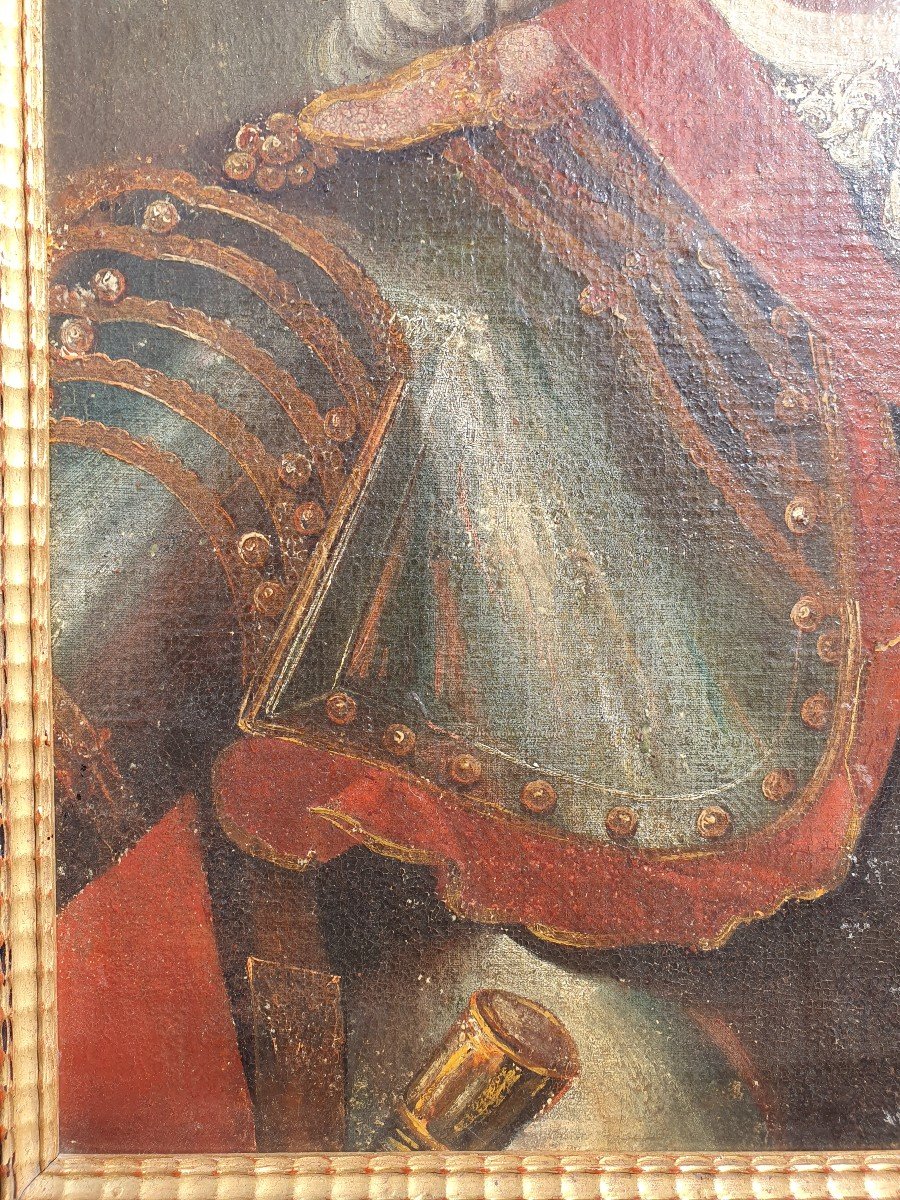


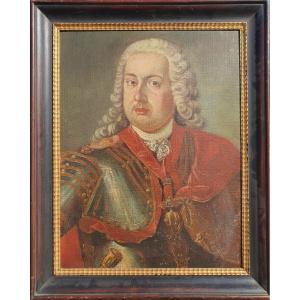









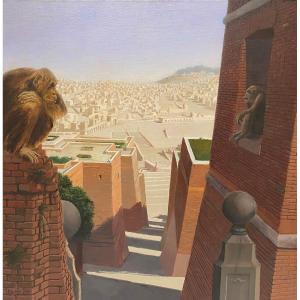



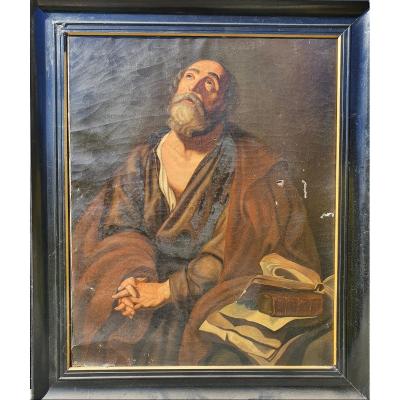


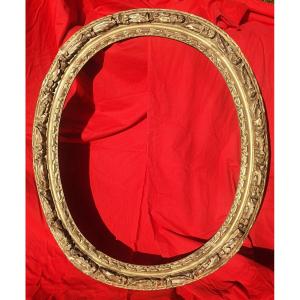

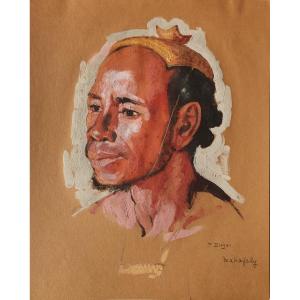




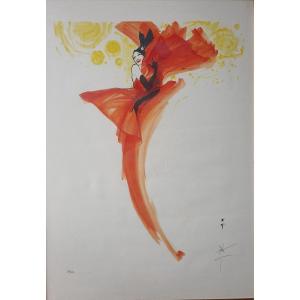


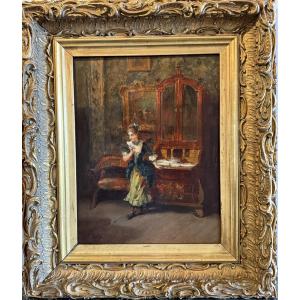




 Le Magazine de PROANTIC
Le Magazine de PROANTIC TRÉSORS Magazine
TRÉSORS Magazine Rivista Artiquariato
Rivista Artiquariato